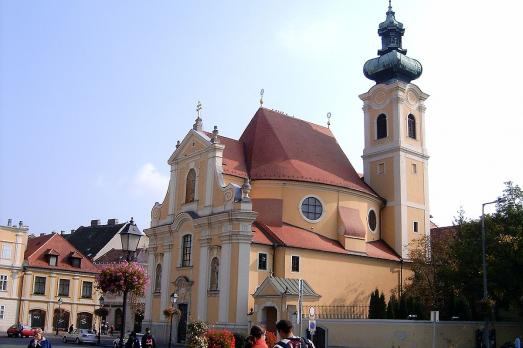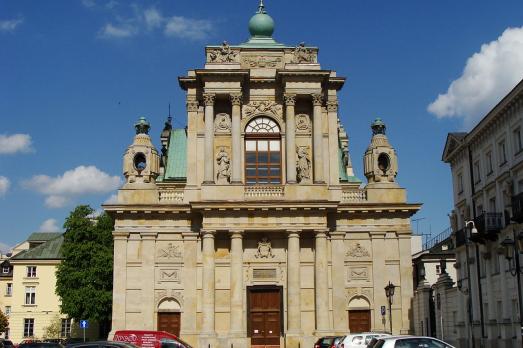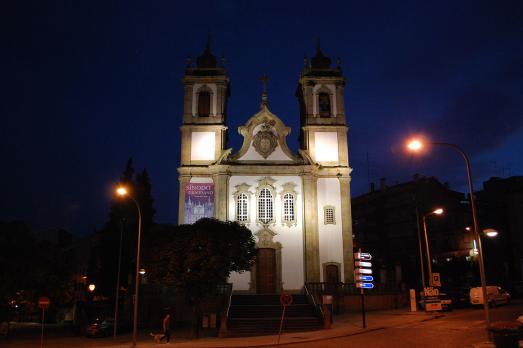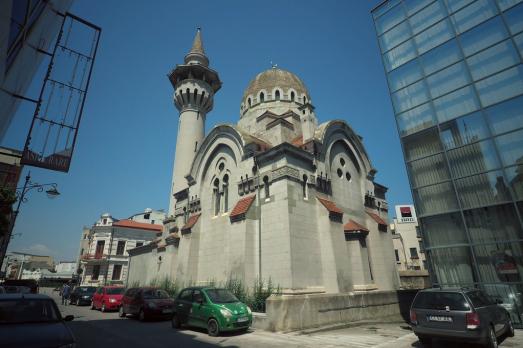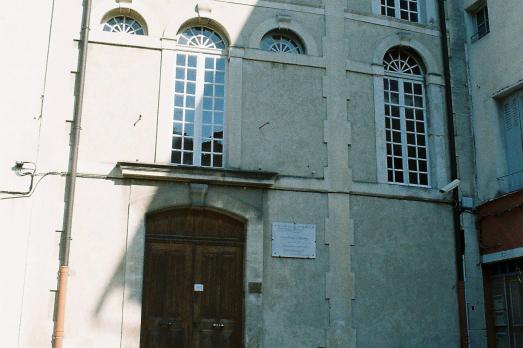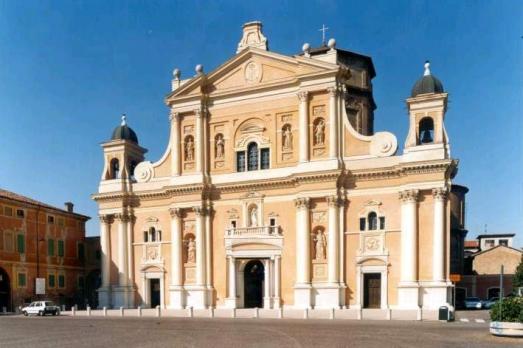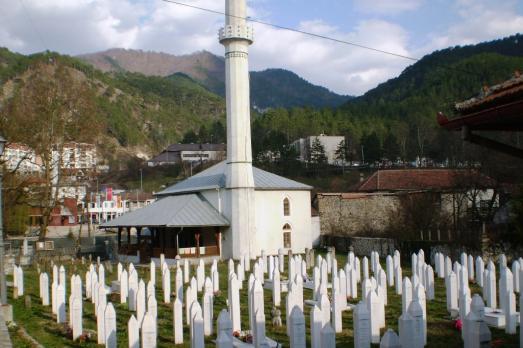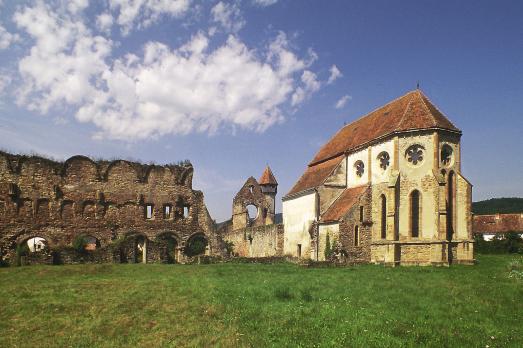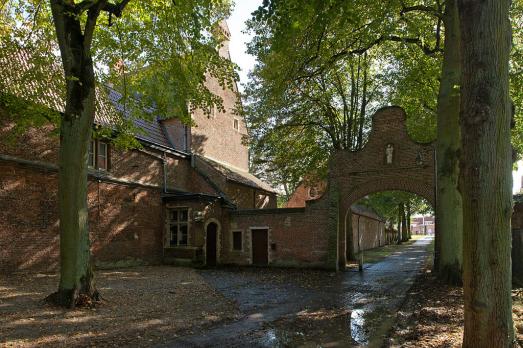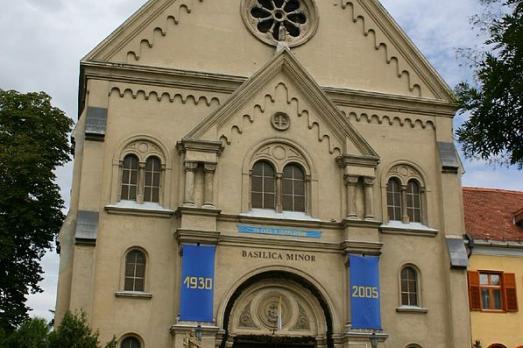
Carmelite Basilica, Keszthely
Keszthely, HU
The Carmelite basilica was built in the neo-Romanesque style between 1927 and 1930. Its designer was Bruno Buchwieser, and its architect was Béla Marshall. During the Second World War, the church did not suffer any serious damage, although it took several years to repair it. In 1947, the side altar of St. John the Baptist, completed during the war, was consecrated. Since 2008 it has been the seat of the Carmelite Order.
